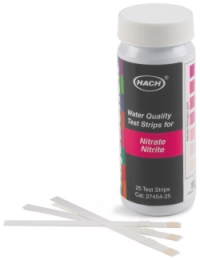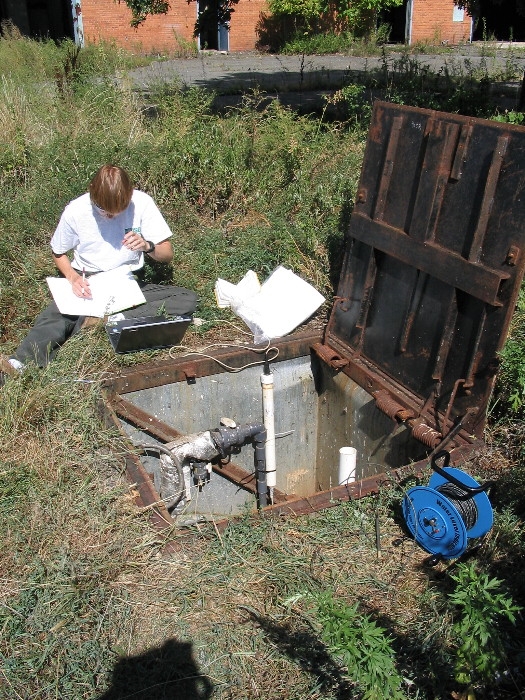
Quantitative and Semi-Quantitative Testing
Similar to fish tank water quality test strips, semi-quantitative testing is one that doesn’t give absolute definition of the amount of analytes (properties of a chemical) in a solution. This method quickly approximates the amount of nitrate in-between quality and quantity expressions. One example of a semi-quantitative, EPA certified test kit is “Watersafe All-In-One”. This test kit identifies eight different water quality contaminants: bacteria, pesticide, nitrate, nitrite, chlorine, pH, and lead at levels at or below current EPA action levels. Results are conducted via colorimetric method—visual reference to a color-gradient chart is required to determine concentrations for a particular water quality element. Other testing kits can be purchased through the Hach Company. They offer single parameter kits with easy-to-use color comparators and comprehensive portable laboratories for accurate results in the field or in the lab. The Hach Company website (www.hach.com) offers various forms nitrate detection for at-home testing. Semi-quantitative and quantitative techniques economically available to detect nitrate in drinking water is discussed in following paragraphs.
Test Strips
Shown in Figure 1, test strips are one of the simplest types of tests to use. The test strip is dipped into the water according to directions on the bottle or package. The test strip will change color. Then compare the color of the test strip to the color-gradient chart to determine the test result. Price: $19.09.
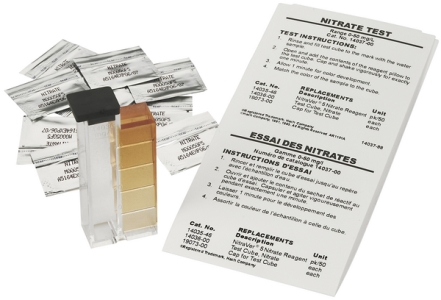
Figure 2: Hach nitrate color cude test kit. Source: www.hach.com
Color Cube Kits
Shown in Figure 2, color cube test kits are based on the same principle of color-change and comparison. The stepped color comparator and sample cell is combined in a single plastic piece for economical and uncomplicated nitrate testing. Price: $25.95
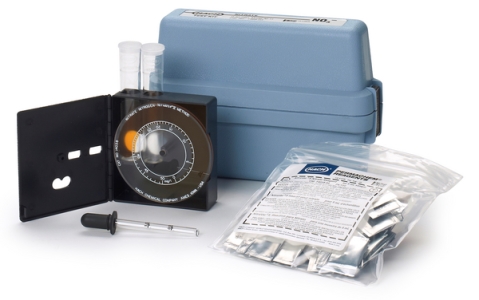
Figure 3: Hach nitrate color cude test kit. Source: www.hach.com
Color Wheel Kits
Shown in Figure 3, color wheel test kits provide a continuous color gradient. The color gradient wheel allows finer resolution of concentration. The kit compares the reacted sample with a blank sample for side-by-side comparison and compensating for the sample color. Price: $76.15
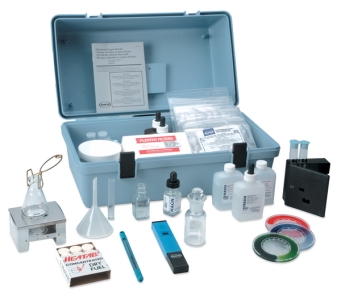
Figure 4: Hach stream survey test kit. Source: www.hach.com
Drop-Count Titration Kits
Shown in Figure 4, drop-count test kits provide field method titrimetric determinations. More specialized than previous kits, titration-based kits require more aptitude due to the precise nature of the analysis. This Stream Survey Kit tests for ammonia, nitrate, dissolved oxygen, pH, phosphate, and temperature. Suitable for river and stream survey, this kit can be adapted to test for common parameters in ground water and correlate directly to the health of a ground water well. Price: $368.00
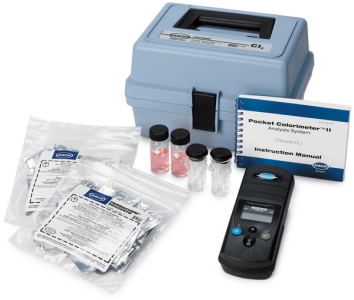
Figure 5: Hach pocket colorimeter II, nitrate-nitrogen. Source: www.hach.com
Instrument-Based Kits
Colorimeter-based kits provide the highest level of accuracy and repeatability. In Figure 5, the Hach Pocket ColorimeterTM II, Nitrogen, Nitrate is a battery operated photometer suitable for field work or monitoring. The instrument has two channels that are defined by separate calibration curves of cadmium reduction. Measurements can be made using either defined channel with different concentration ranges. The device is EPA approved for drinking water and wastewater. Price: $427.00.
Table 1 shows the ease-of-use for each of the methods decribed above. For single family well owners, appliciable methods for detection nitrate in drinking water may be achieved by an ease-of-use rating below “2”.
Table 1: Methods of detecting nitrate in single-family style wells are applicable to residents generally below a rating of "2".
Method |
Ease-of-Use |
Test Strips |
1 |
Color Cube |
2 |
Color Wheel |
2 |
Drop-Count |
4 |
Instrument-Based |
3 |
1=Easy; 5=Difficult |
|
